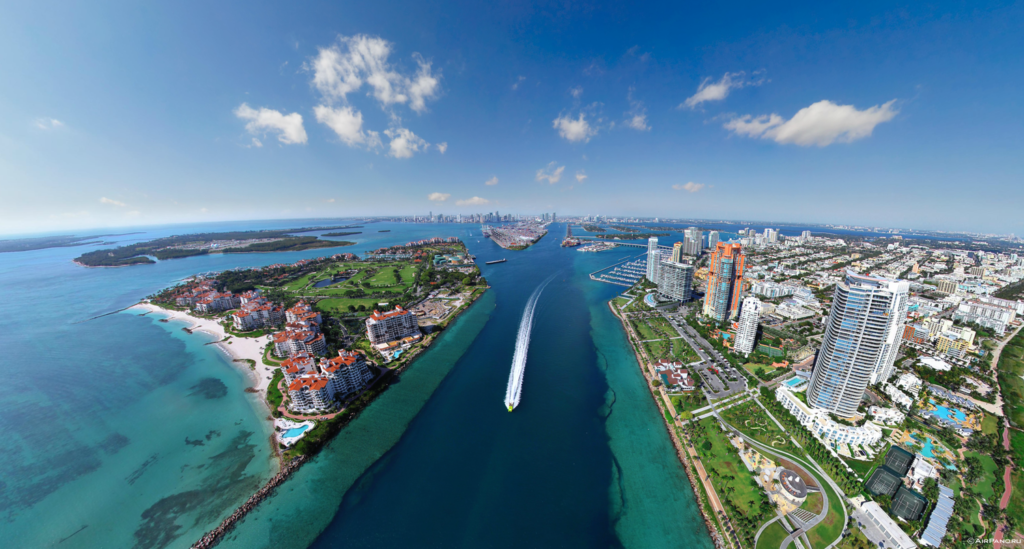South Florida
Why Invest in Real Estate in South Florida?
With a large number of second homes and condos, South Florida is prone to boom and bust cycles that stem more from investment hopes than housing needs. Add an expanding Latino population and waves of baby-boomers – two million retiring every year – and you get both risks and opportunities. Demand for Florida housing is always growing, but is it growing slower or faster than the supply?
The percentage of second homes increases as you head north from Miami, to 20 percent in Palm Beach County. This large pool of empty properties is the swing vote in home prices. It can swamp supply during a downturn but also represents the desire of future retirees – and South American investors – to buy while they can.

Home prices were strong in the last three years – up 40 percent – and I expect they’ll keep rising 10 percent a year. But… How much of that 40 percent was from speculation in foreclosed condos? How much from ‘real’ demand? There are strong reasons to believe that from here on we are looking at prices going higher than they ‘should’ – especially in Broward County – in other words a mini-boom that will fizzle after a few years. If you’re looking to buy for the long-term, do it now. If you’re looking for a short-term investment, be very, very careful.The economy of Miami itself is diversified – with an important finance sector – but as you go up the coast more jobs are in retail and services. Healthcare is the largest creator of jobs in all three counties, and growing rapidly.